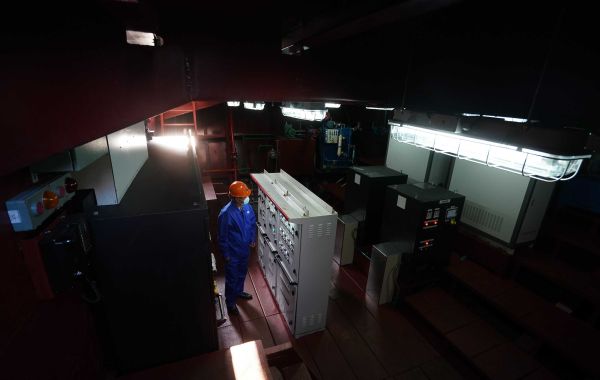Marine explosion-proof lighting equipment is a critical component for ensuring safety at sea, and it must comply with a series of international certification standards to guarantee its safety and reliability. This guide outlines the main international certification bodies, standards, and processes for marine explosion-proof lighting equipment.

International Certification Bodies and Standards
Marine explosion-proof lighting equipment must adhere to multiple international certification standards to ensure global compliance and mutual recognition. Here are some of the main international certification bodies and the standards they follow:
- International Maritime Organization (IMO): The IMO sets global standards for maritime safety and environmental protection, including requirements for ship construction and equipment.
- International Electrotechnical Commission (IEC): The IEC establishes international standards for electrical products, including a certification system for explosion-proof electrical products, IECEx.
- European ATEX Certification: ATEX certification is the European standard for equipment and protective systems intended for use in potentially explosive atmospheres.
- North American Certifications (UL, CSA, ETL): These certification bodies provide safety and explosion-proof certifications widely recognized in the United States and Canada.
Types of Certifications
Marine explosion-proof lighting equipment typically requires the following types of certifications:
- Safety Certification: Ensures that the product meets basic safety requirements, such as CE-LVD and UL standards.
- Explosion-Proof Certification: Demonstrates that the product can operate safely in potentially explosive environments, such as ATEX and IECEx certifications.
- Efficiency Certification: Such as Energy Star and ERP, ensuring that the product meets standards for energy efficiency.
- Marine Certification: Such as DNV and China Classification Society (CCS), specifically for certifications aimed at the marine environment.
Certification Process
Obtaining international certification for marine explosion-proof lighting equipment typically includes the following steps:
- Document Review and Approval: The administration representing the flag state reviews and approves documents and drawings.
- Site Surveys, Audits, and Inspections: Conducts on-site surveys, audits, and inspections for new and existing ships.
- Final Delivery Certification: Represents the flag state in delivering certification.
Interpretation of Certification Marks
- North American Certification Marks: UL represents the United States, and CSA represents Canada.
- EU Standard Certification Marks: The CE mark includes various directives, such as LVD, EMC, ATEX, etc.
- International Standard Certification Marks: IECEx is often used for conversion to local certifications and can be used directly in Australia and South Africa.
Mutual Recognition Status
Due to differences in safety standards and certification systems across countries, the international mutual recognition of explosion-proof electrical products is a complex process. The IEC, through its IECQ, IECEE, and IECEx systems, works to minimize these differences and facilitate international trade.
The international certification of marine explosion-proof lighting is a complex process to ensure the safe use of equipment globally. Manufacturers and shipowners must ensure that their equipment complies with all relevant international standards and certification requirements to guarantee the safe operation of ships and environmental protection. By following this guide, it can help ensure that marine explosion-proof lighting meets international certification standards and is recognized and used worldwide.








